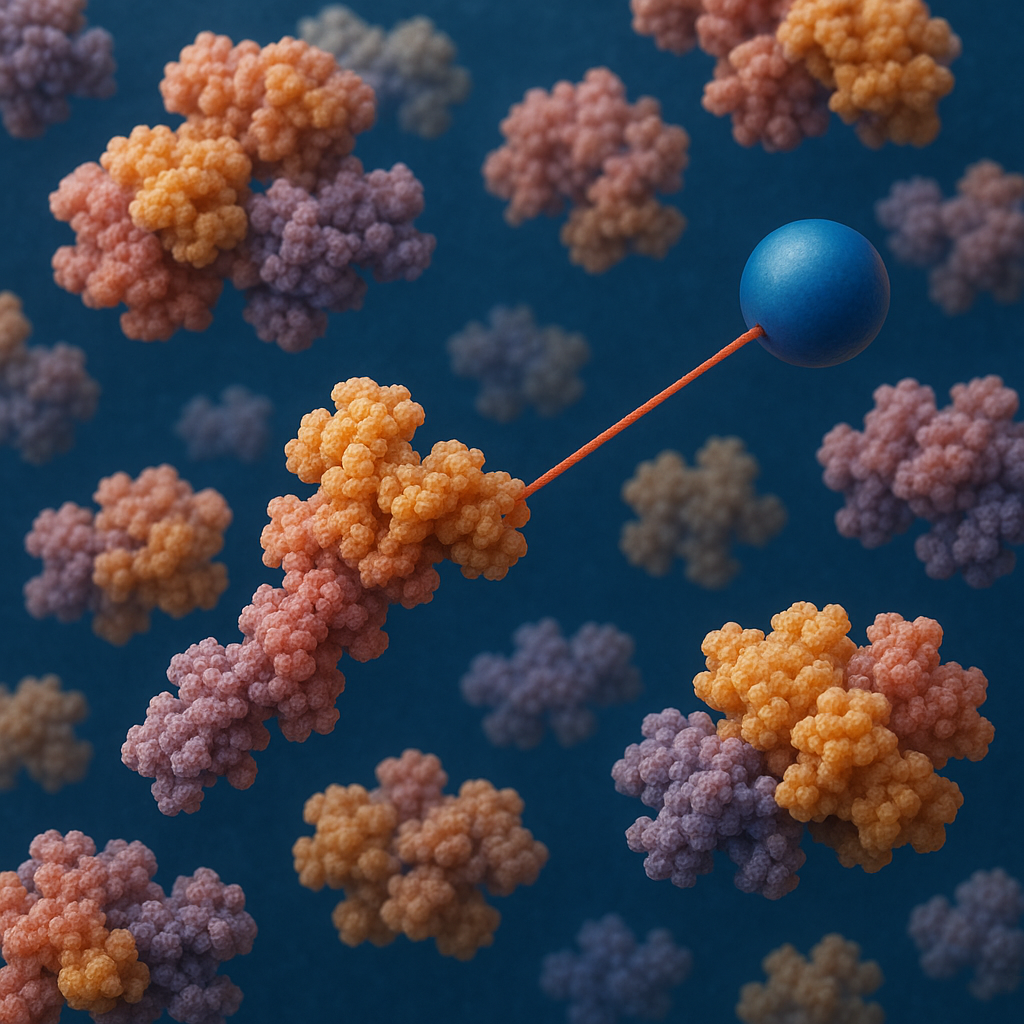
Catch, release, authenticate: customisable protein-capture materials for palaeoproteomics and evolutionary medicine
Supervisor: Dr Christiana Scheib
Co-supervisor: Professor Andrea Manica
The answers to some of our greatest questions regarding host-pathogen evolution are locked away in the past. Skeletal remains, with the proteins that they preserve hold the key, but the faintest—and most informative—biomarkers of infection and immune-response are easily missed. This project will develop customisable protein-capture materials to recover low abundance, functionally informative proteins from archaeological bones and teeth. Working across Zoology, Biochemistry and Materials Science, the student will prototype methods for capturing damaged ancient proteins from a collagen background. After bench-testing on ancient-like standards, the tools will be validated on minimal-impact micro-samples from curated collections under agreed ethical protocols. Biologically, the goal is to detect pathogen and immune response protein signatures that illuminate past host–pathogen interactions, providing evidence where aDNA often struggles. Expected outputs include open protocols, capture reagents, proteomic datasets and case studies linking molecular signals to evolutionary-medicine questions
Type of work:
The student will carry out interdisciplinary, lab-based research at the interface of zoology, biochemistry and materials science. They will prototype customisable protein-capture systems (e.g. magnetic nanoparticles, responsive hydrogels, micro-cartridges) functionalised with swappable ligands (aptamers, lectins, peptoids or molecularly imprinted polymers), and develop gentle release chemistries compatible with downstream mass spectrometry. Work will include ligand discovery/optimisation, surface chemistry and antifouling, followed by benchmarking on realistic archaeological extracts. The student will quantify targets using LC-MS, and build reproducible analysis workflows (containerised pipelines, spectral libraries, QC/authenticity metrics). Opportunities exist to collaborate with cross-departmental facilities and museum partners, and to apply statistical modelling to relate protein signatures to life-history or pathogen-exposure contexts.
Importance of the area of research concerned
Low-abundance, functionally informative proteins can persist where DNA does not, offering direct evidence of past physiological status and host–pathogen interactions. However, these signals are easily obscured by collagen and environmental background. Selective, damage-aware capture is therefore a key bottleneck. Engineering modular capture materials that enrich and cleanly release ancient peptides promises an order-of-magnitude gain in sensitivity from limited samples, enabling robust inference in contexts and climates where aDNA struggles. The work aligns with the department’s Health and Evolutionary Medicine theme, strengthening links between molecular mechanisms, evolutionary processes and disease ecology, and producing openly shared protocols, datasets and tools that other groups—and museum partners—can adopt.
References
Hendy J, Welker F, Demarchi B, Speller C, Warinner C, Collins MJ. A guide to ancient protein studies. Nat Ecol Evol. 2018;2: 791–799.
Demarchi B, Hall S, Roncal-Herrero T, Freeman CL, Woolley J, Crisp MK, et al. Protein sequences bound to mineral surfaces persist into deep time. Elife. 2016;5. doi:10.7554/eLife.17092
Fotakis AK, Denham SD, Mackie M, Orbegozo MI, Mylopotamitaki D, Gopalakrishnan S, et al. Multi-omic detection of Mycobacterium leprae in archaeological human dental calculus. Philos Trans R Soc Lond B Biol Sci. 2020;375: 20190584.
Warinner C, Rodrigues JFM, Vyas R, Trachsel C, Shved N, Grossmann J, et al. Pathogens and host immunity in the ancient human oral cavity. Nat Genet. 2014;46: 336–344
